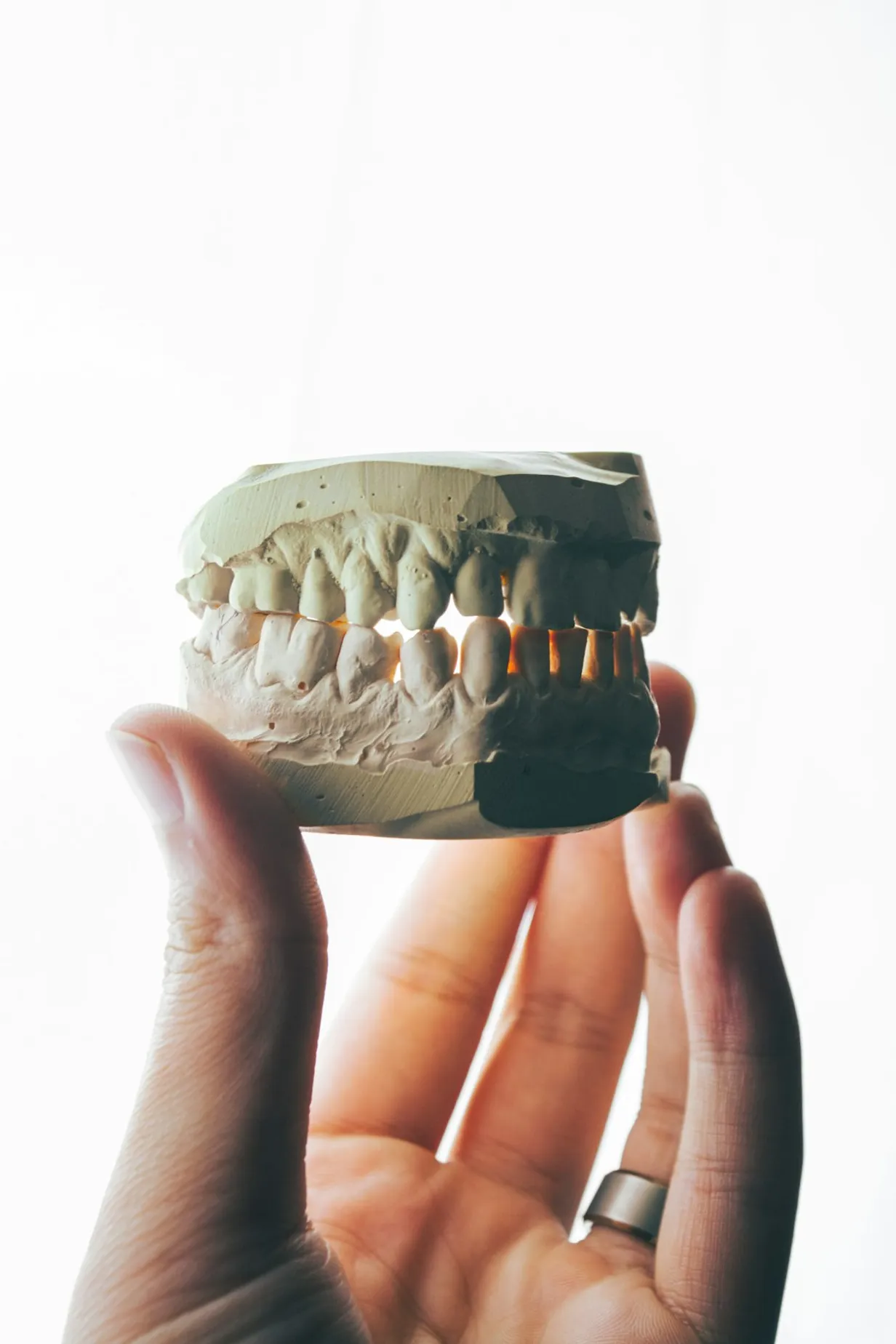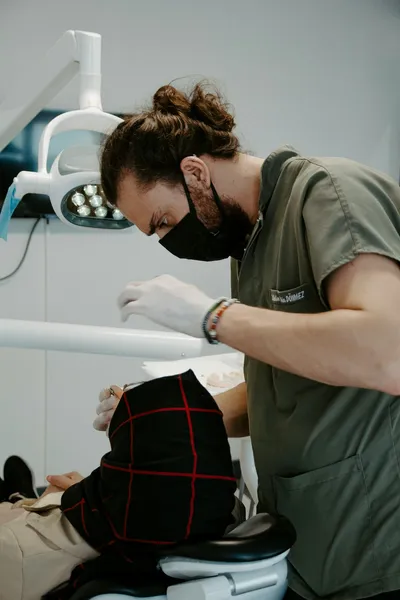
Understanding Root Canal Therapy
Root canal therapy, also known as endodontic treatment, is a procedure designed to save teeth that would otherwise need to be extracted due to severe decay, infection, or damage. By removing the infected pulp and sealing the tooth, patients can maintain their natural smile and avoid more complex dental issues.
Why Might You Need a Root Canal?
There are several reasons why a dentist might recommend root canal therapy:
- Deep decay that has reached the pulp of the tooth
- Repeated dental procedures on the same tooth
- A chip or crack in the tooth
- Severe gum disease affecting the tooth’s structure
The Root Canal Procedure
Understanding the steps involved in root canal therapy can help ease anxiety and ensure a smoother experience. Here's a breakdown of what to expect:
1. Examination and X-Rays
Your dentist will first examine the affected tooth and take X-rays to determine the extent of the infection and the shape of the root canals.
2. Local Anesthesia
Before starting the procedure, local anesthesia is administered to numb the tooth and surrounding area, ensuring you remain comfortable throughout the treatment.
3. Removing the Infected Pulp
A small hole is drilled in the crown of the tooth to access the infected pulp, which is then carefully removed using specialized instruments.
4. Cleaning and Shaping the Canals
Once the pulp is removed, the root canals are cleaned and shaped to prepare for filling. This step is crucial to remove any remaining bacteria and debris.
5. Filling and Sealing
The cleaned canals are then filled with a biocompatible material called gutta-percha, and the hole is sealed with a temporary or permanent filling.
Post-Treatment Care
Proper aftercare is essential for a successful recovery and long-lasting results. Here are some tips to follow after your root canal therapy:
- Avoid eating until the numbness from the anesthesia wears off.
- Refrain from biting or chewing on the treated tooth until it has been permanently restored with a crown or filling.
- Maintain good oral hygiene by brushing and flossing regularly.
- Attend follow-up appointments to ensure the tooth is healing properly.
Signs of Success and When to Seek Help
Most root canal treatments are successful, allowing you to keep your natural tooth for years to come. However, if you experience any of the following symptoms, contact your dentist:
- Severe pain or pressure lasting more than a few days
- Swelling or inflammation in the treated area
- Signs of infection such as fever or pus discharge
- Persistent sensitivity to heat or cold
Conclusion
Root canal therapy is a highly effective way to treat severe tooth problems while preserving your natural smile. By understanding the procedure and following your dentist’s aftercare recommendations, you can ensure a smooth recovery and maintain optimal dental health. Always consult with your dentist to determine the best treatment options for your unique dental needs.
Top Dental Health Articles
Discover our most popular dental health articles, featuring expert advice that our readers rely on.



